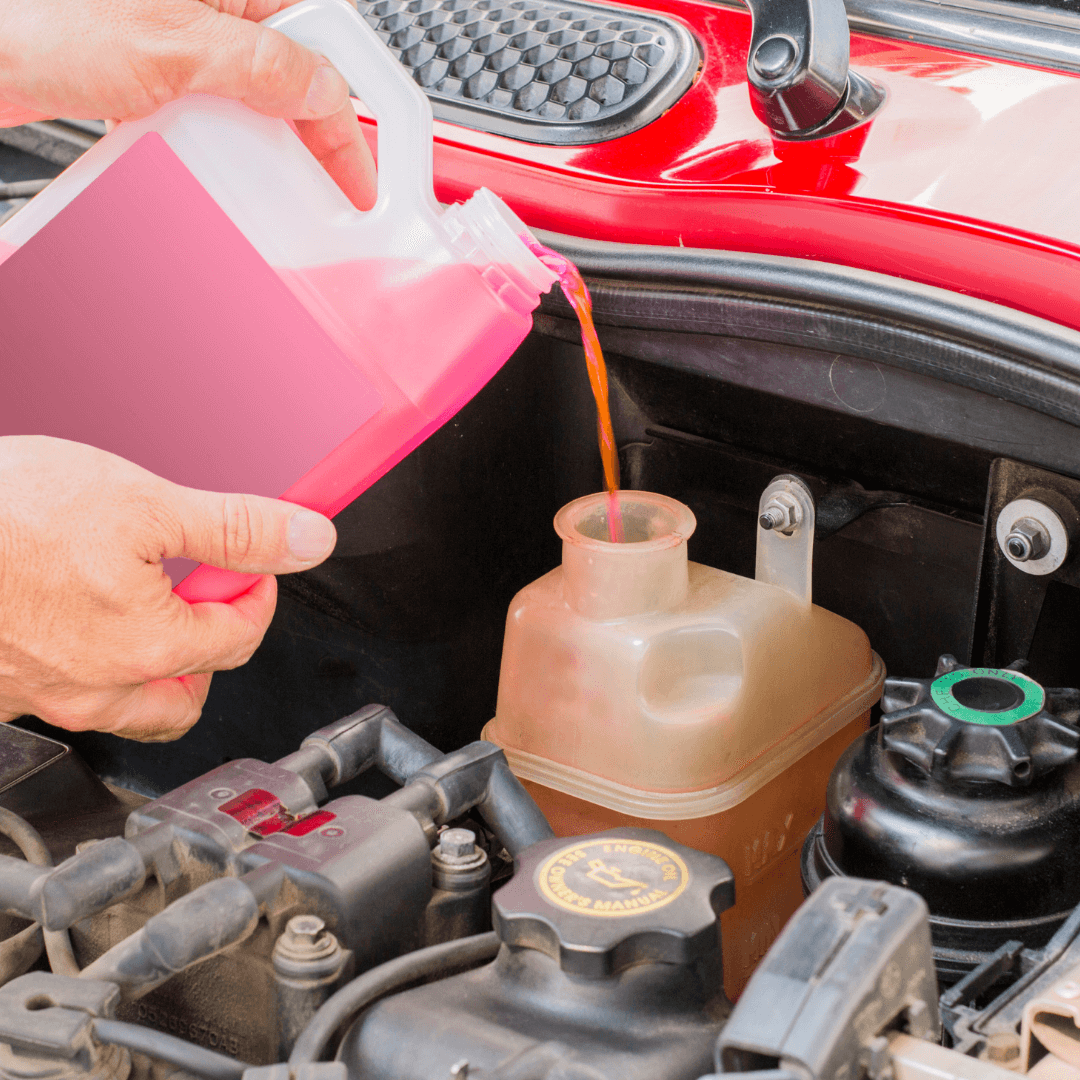Introduction:
Aerodynamics plays a crucial role in the performance and fuel efficiency of any vehicle, and SUVs are no exception. While traditionally known for their boxy shapes and less-than-ideal wind resistance, advancements in design have led to SUVs with surprisingly impressive aerodynamic profiles. These vehicles offer a blend of practicality, comfort, and efficiency, making them a compelling choice for drivers seeking the best of both worlds.
This article delves into the world of aerodynamic SUVs, exploring the key factors that contribute to their efficiency and highlighting some of the top contenders in the market. We'll examine how manufacturers are incorporating innovative design elements to reduce drag, improve fuel economy, and enhance overall driving experience. Whether you're looking for a family-friendly SUV or a capable off-roader, understanding the importance of aerodynamics can help you make an informed decision.

Factors Affecting Aerodynamic Efficiency
Several factors contribute to an SUV's aerodynamic efficiency, each playing a crucial role in minimizing drag and maximizing performance. These include:
- Body Shape: A streamlined body shape with a low coefficient of drag (Cd) is essential for reducing wind resistance. This involves minimizing sharp edges, optimizing the front grille and headlights, and incorporating features like a sloping roofline and a rear spoiler.
- Underbody Design: The underbody of an SUV can significantly impact its aerodynamic performance. Flat panels, smooth transitions, and strategically placed diffusers help to minimize turbulence and reduce drag.
- Wheel Design: The shape and size of wheels can also affect aerodynamics. Flush-mounted wheels and aerodynamic wheel covers contribute to a smoother airflow and reduced drag.
- Active Aerodynamic Features: Some SUVs incorporate active aerodynamic features, such as adjustable spoilers or shutters, that can optimize airflow based on driving conditions. These features can further enhance fuel efficiency and performance.
Top SUVs with Excellent Aerodynamics
Several SUVs stand out for their impressive aerodynamic performance, offering a combination of efficiency, comfort, and practicality. Here are a few notable examples:
- Tesla Model Y: With a Cd of 0.23, the Tesla Model Y boasts one of the lowest drag coefficients among SUVs. Its sleek design, flush-mounted door handles, and active aero features contribute to its exceptional efficiency.
- Hyundai Ioniq 5: This electric SUV features a streamlined body shape, a low roofline, and a smooth underbody, resulting in a Cd of 0.287. Its aerodynamic design contributes to its impressive range and efficiency.
- Ford Mustang Mach-E: The Mustang Mach-E combines sporty styling with aerodynamic efficiency, achieving a Cd of 0.30. Its sloping roofline, active grille shutters, and rear diffuser help to minimize drag.
- Audi e-tron: This electric SUV boasts a Cd of 0.28, thanks to its smooth body lines, flush-mounted door handles, and optimized underbody. Its aerodynamic design contributes to its impressive range and performance.
Conclusion
Aerodynamics is a crucial factor in the performance and efficiency of SUVs. By incorporating innovative design elements, manufacturers are creating vehicles that offer a blend of practicality, comfort, and fuel efficiency. Whether you're looking for a family-friendly SUV or a capable off-roader, understanding the importance of aerodynamics can help you make an informed decision. As technology continues to advance, we can expect to see even more aerodynamically efficient SUVs in the future, further enhancing their performance and reducing their environmental impact.





